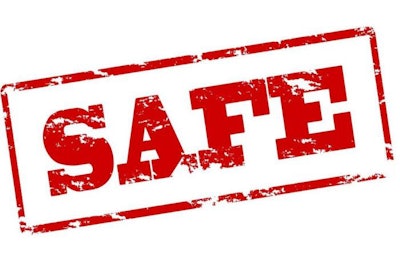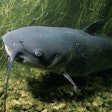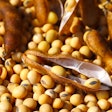
The U.S. Food and Drug Administration (FDA) has published a final rule on substances that are generally recognized as safe (GRAS).
The rule, “Substances Generally Recognized as Safe,” was published in the Federal Register on August 17. It amends and clarifies the criteria for when the use of a substance in human food or animal feed is not subject to premarket approval requirements because the substance is GRAS.
FDA also amended its regulations to replace the voluntary GRAS affirmation petition process with a voluntary notification procedure.
“The clarified criteria for GRAS status should help stakeholders draw more informed conclusions about whether the intended conditions of use of a substance in food for humans or animals complies with the FD&C (Federal Food, Drug and Cosmetic) Act, and the notification procedure will enable stakeholders to be aware of whether we have questioned the basis of a conclusion of GRAS status,” the final rule says.
FDA says the rule “addresses the types of scientific evidence that can be used to demonstrate safety as well as the role of publications in evaluating whether the scientific evidence of safety is ‘generally available and accepted.’ The GRAS criteria require that the safe use of ingredients in human and animal food be widely recognized by the appropriate qualified experts. The final rule also formalizes the voluntary GRAS notification procedure, which was originally established under an interim policy and pilot program for human food in 1997 and animal food in 2010.”
AFIA pleased, but more work to do
Leah Wilkinson, vice president of legislative, regulatory and state affairs for the American Feed Industry Association (AFIA), said AFIA is “pleased the final rule is out there so the industry will have confidence that the requirements won’t change or be interpreted differently than human food notifications.”
“The animal food industry has been hindered by the slow and ever-changing ingredient review processes in the U.S. in the last several years,” Wilkinson said. “AFIA has this as a top priority – to continually improve these processes (food additive, GRAS and Association of American Feed Control Officials) so we can continue to bring safe, affordable feed ingredients to the marketplace. Getting this regulation published is just one step in improving the GRAS process. Now we need to make sure FDA implements it correctly, equally and reviews the notifications in a timely manner.”
But Wilkinson said AFIA is still working to get clarification on one issue.
“An additional challenge for animal food ingredients is the uncertainty if most states will accept a ‘No Questions Letter’ from FDA Center of Veterinary Medicine on a GRAS Notification to be a legal feed ingredient in their state. Most state feed laws require ingredients to be an approved food additive or defined in the Official Publication (OP) of the Association of American Feed Control Officials (AAFCO). These GRAS notified ingredients are not either. AAFCO has been discussing this issue for several years and AFIA is actively engaged in the work group to get these GRAS notifications that receive a ‘No Questions Letter’ published in the OP,” Wilkinson said.
FDA says its next steps in the process will be to include issuing additional guidances related to the GRAS regulations, and develop and implement innovative regulatory and compliance strategies to improve premarket oversight and safety evaluation of human food and animal feed additives and GRAS substances. The final rule will be effective October 17.
















